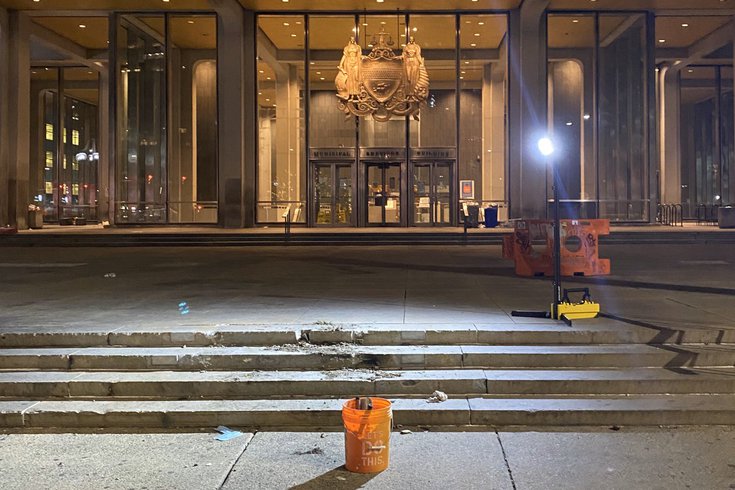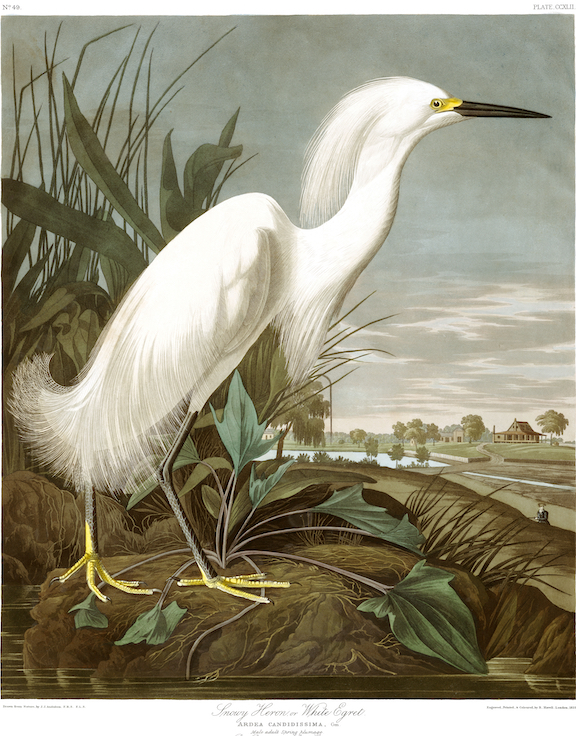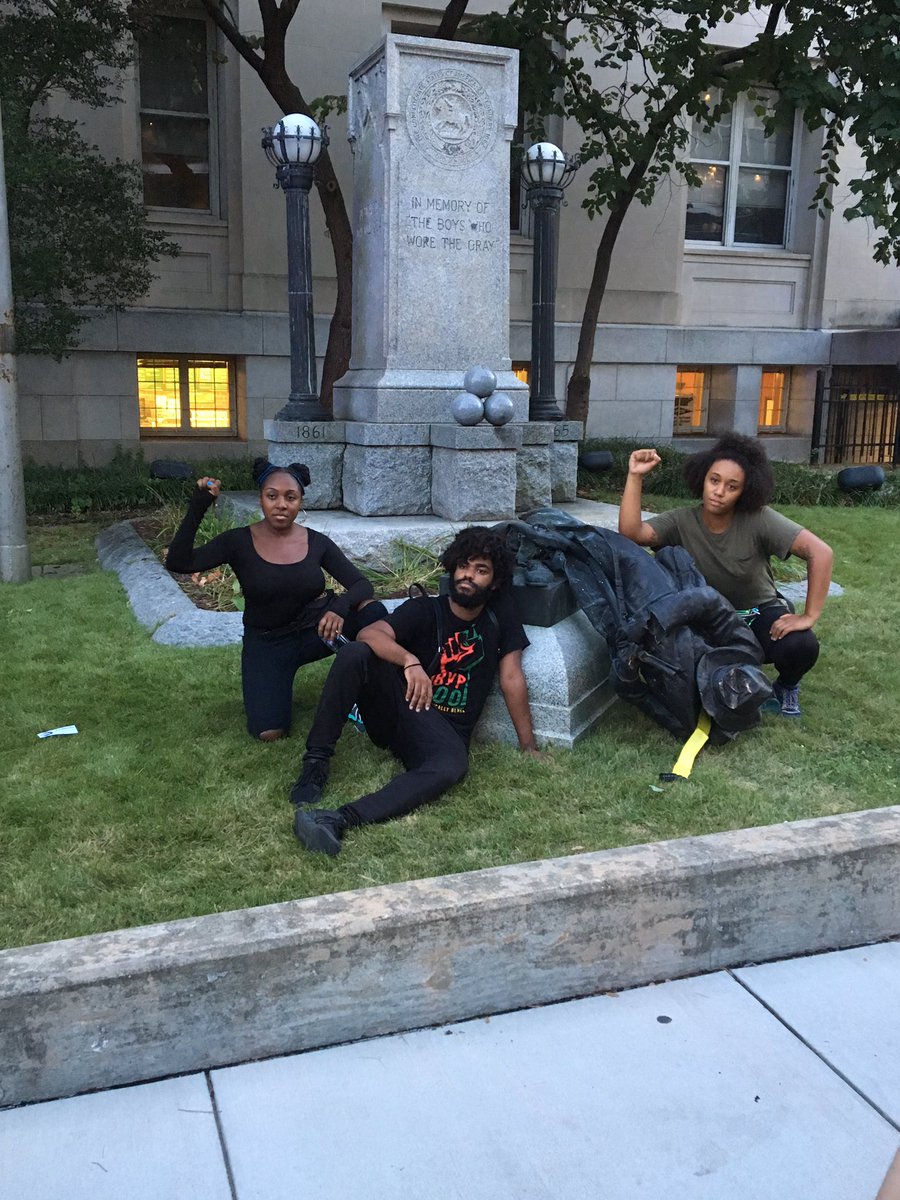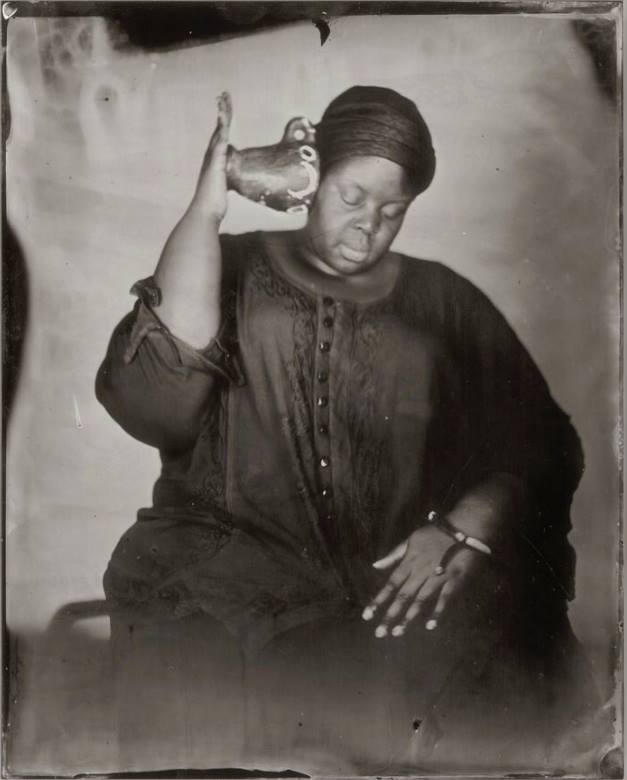Category: Black Lives Matter
-

Once More, The Monuments Must Fall
“Black Lives Matter” protestors in the streets after the murder of George Floyd continue to demand that all the monuments must fall because they are part of the apparatus of white supremacy. In Birmingham and Philadelphia they are down. Once more, white art people, this is on us: take down the monuments!
-

Birds of America
There are many layers to racialized seeing. Some racism lies beneath familiar categories, like popular culture or advertising for decades, only to suddenly (re)activate. Natural history is always there, with its concept of a hierarchy of the human. And, yes, even birds.Audubon’s birds metonymically represent settler colonialism, the Second Amendment, white supremacy, and the invisibility…
-

All The Monuments Must Fall #Charlottesville
In the aftermath of the white supremacist terrorism at Charlottesville, all the monuments must fall. The murder of Heather Heyer was prompted by the proposed removal of a statue of Robert E. Lee. These statues are material nodes in the network of white supremacy. They are the visible form of the established order of racial…
-

For The Abolition Image #GrenfellTower #PhilandoCastile
Here we go again. A killer cop acquitted. Migrants and people of color in London dead in a completely preventable inferno. And still they come–cops kill a Black woman with mental health issues in Seattle. A “white” English man drives his van into a crowd of Ramadan worshippers. The images are terrible. Again, we must…